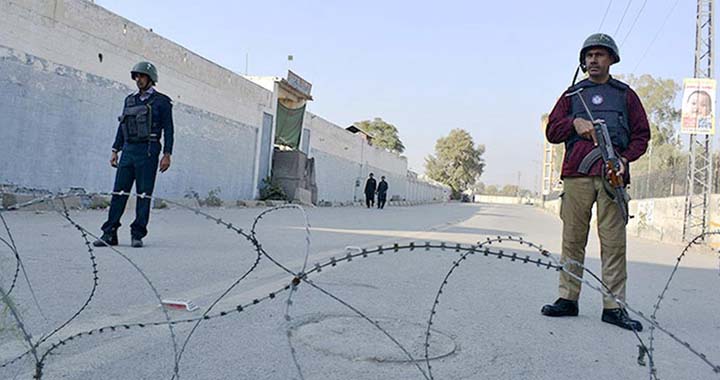The International Monetary Fund (IMF) has imposed 11 new conditions on Pakistan for the release of a fresh $7 billion loan, increasing the total number of conditions under the loan agreement to 50. These conditions are aimed at ensuring fiscal discipline, improving governance, and implementing reforms across key sectors, including energy, taxation, and public expenditure.
Key New IMF Conditions:
- Rs17.6 Trillion Budget Approval: The government must get the next fiscal year’s budget approved by Parliament in accordance with IMF guidelines.
- Removal of Electricity Surcharge Cap: The cap of Rs3.21 per unit on electricity surcharge will be lifted, potentially increasing power bills for consumers.
- Defense Spending Limit: The IMF has capped defense spending at Rs2.414 trillion, while the government is pushing for a higher allocation.
- Agricultural Income Tax: Provinces are required to implement a new agricultural income tax regime by June 2025, including taxpayer registration, awareness campaigns, and enforcement mechanisms.
- Governance Action Plan: A comprehensive governance reform plan based on IMF recommendations will be published.
- Benazir Income Support Program (BISP): Annual allocations will be increased in line with inflation to support vulnerable segments of society.
- Post-2028 Fiscal Strategy: A detailed financial strategy for the post-2028 period will be developed and submitted.
- Energy Sector Reforms:
- Annual electricity tariff revisions must be notified by July 1.
- Biannual revisions in gas prices will remain mandatory until February 15, 2026.
- The Captive Power Levy Act will be enforced on a permanent basis.
- Special Technology Zones (STZs): Tax incentives and facilities provided to STZs will be gradually phased out by December 2025, with complete withdrawal by 2035.
- Relaxation on Import Restrictions: Commercial import of vehicles up to five years old will be permitted, with enabling legislation expected by July.
- Program Flexibility: Some earlier conditions have been granted deadline extensions for implementation.
The IMF has also issued a warning that any escalation in tensions between Pakistan and India could adversely affect Pakistan’s economic and financial stability, putting the reform program at risk.
Economic Forecast and Challenges
The IMF has revised its GDP growth forecast for Pakistan for the fiscal year 2024–25, lowering it from 3.2% to 2.6% due to sluggish domestic economic activity and global uncertainties.
Key Fiscal Indicators:
- Current Fiscal Year: Public expenditure was recorded at 18.9% of GDP, aligning with IMF requirements.
- Next Fiscal Year Target: Expenditure is projected to be reduced to 17.8% of GDP, dependent on achieving a 3.6% GDP growth rate.
- Public Sector Development Program (PSDP): The development budget has been increased from 2.3% to 2.5% of GDP, although the release of funds remains slow.
- Defense Spending: Accounted for 1.7% of GDP in the current year, with a target of 1.9% for the next fiscal year.
These revised forecasts and spending targets highlight the tough economic path ahead for Pakistan, with mounting pressure on the government to implement reforms amid inflation, rising debt, and socio-political challenges.






